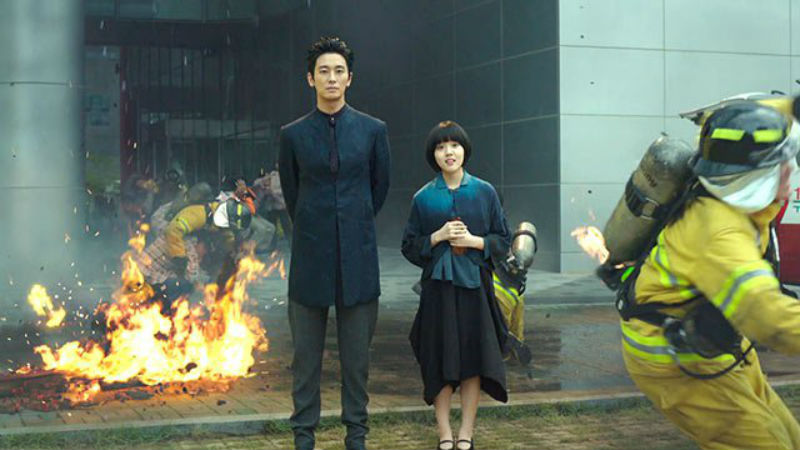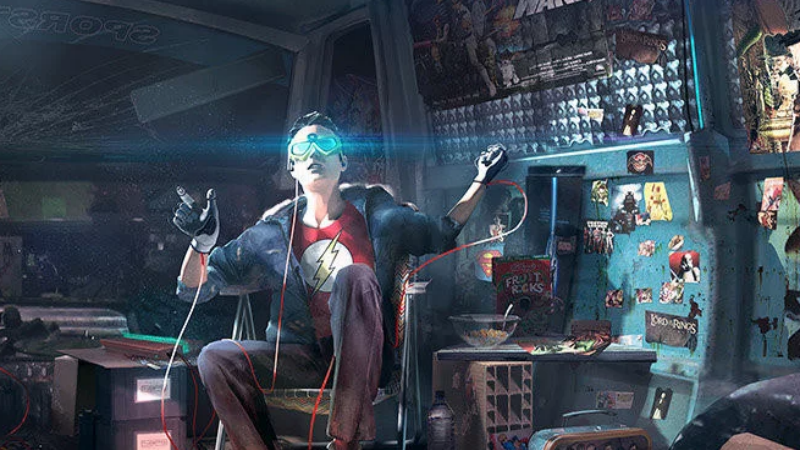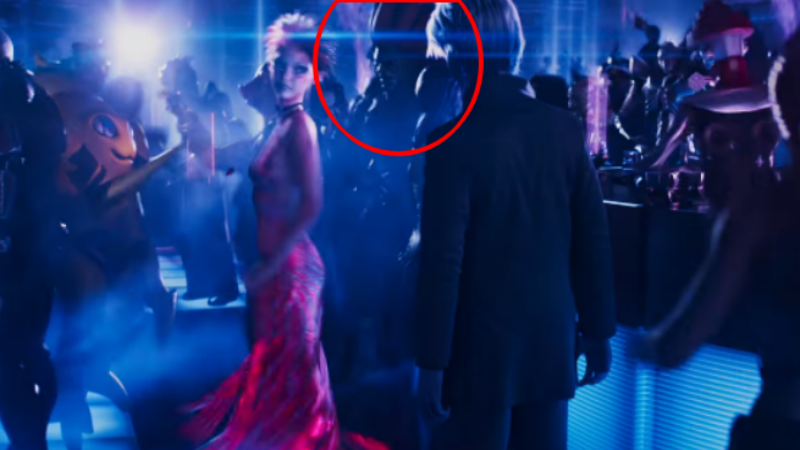QUICK SNAP: LIVE FROM BERLIN
I‘ve pre-booked a ticket for the Zoo in a couple of days. I would never normally go but there’s basically nothing else open these days. Now after watching Cryptozoo — a reverie on mankind’s relationship with exotic animals refracted through the acid trip imagination of the ambitious cartoonist Dash Shaw — I’m going to look at those pandas rather definitely.
Cryptos, misunderstood by the world around them, are mythological creatures living in hiding that span everything from your usual standards like Unicorns and Centaurs, to legendary folkloric animals from countries like Poland, Russia and Japan. This might like the plot for a lame X-Men movie, but Cryptozoo has a far more mature sensibility, opening with two young, horny and very naked adults finding themselves at the wrong end of an angry animal.
Based on the initial scene and early audience reactions on Twitter overplaying the timid sex scenes, you might be forgiven for thinking this is a slice of bizarro arthouse smut, but Cryptozoo actually has far more lofty aspirations. They two horny adults have stumbled into the eponymous zoo itself, a place where, apparently, the cryptos can finally be free from those who want to use their power as bio-military weapons. Fighting against these nefarious elements is army brat Lauren Gray (Lake Bell), who seemingly survives the trauma of growing up in post-WW2 Okinawa, Japan thanks to a cute, purple and blue creature called a Baku that eats her dreams. But this initial black-and-white perspective is complicated once we come to the Cryptozoo, which offers the animals a safe haven in return for providing visiting humans a tourist attraction.
Shaw, in collaboration with animation director Jane Samborski and lead animator Emily Wolver, creates a fantastic world ablaze with colour and ancient elements, where humans and cryptos could live in peace, if only they had the chance. But like Tiger King last year, which pitted big cat exploiter Joe Exotic against “sanctuary” owner Caroline Baskin, Cryptozoo asks the key question: is there any real difference between zookeepers and those they claim to fight against? Or are we all doomed in a world where one cannot survive without making profit?
With Jurassic Park never too far from the back of our minds, Cyptozoo invigorates disaster movie convention with its original style of animation. While the trope of the “gentle-creature-that-only-attacks-when-it’s-wounded” has been done to death over the past few years — most notably, and most confusedly, in the terrible Godzilla: King of the Monsters — Cryptozoo makes it feel fresh through sheer visual panache alone. In fact, the images are so arresting, one only realises how conventional the structure of the film is right at the very end.
As I’m so used to watching animated movies made within the parameters of a certain house style, so even their most glorious sequences seemed sanded-down to fit within the overall aesthetic, it’s glorious to watch something as diverse as this, a strange collage of styles that seems to run the entire gamut of 20th century drawing. While the flat 2D planes can feel a little off-putting, especially when watching otherwise unmoving characters’ mouths move, there is so much to love once you get over the initial strangeness. Zoos will never look quite the same again.
Cryptozoo plays in the Generation programme at Berlinale, running digitally from 1st to 5th March.












